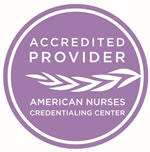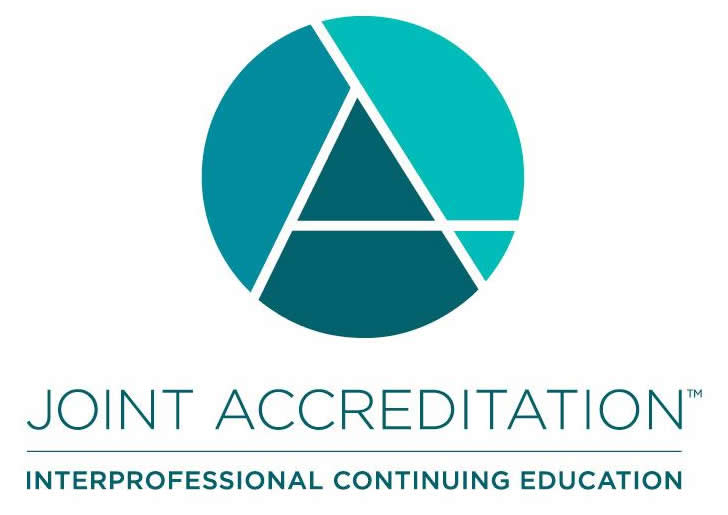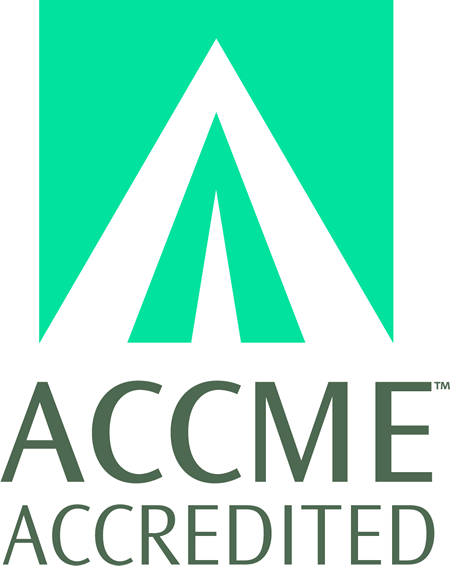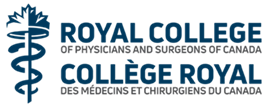
COURSE CREDITS & HOURS
AMA PRA Category 1 Credits™14 ACPE Credits
COURSE FEES
TARGET AUDIENCE
PROGRAM PURPOSE
- Overview of a Travel Medical Service
- Describe trends in international travel
- Identify resources available for the travel medicine clinician
- List the components of a core travel medicine evaluation
- Vector-borne illness
- Identify travel activities that are associated with exposure to vector-borne illnesses
- Formulate strategies for prevention of mosquito and tick-borne infectious diseases
- Food and Water-borne illness
- Identify patients at risk of food and water-borne illness
- Formulate strategies for the prevention of food and water-borne illnesses including
- Vaccination strategies
- Behavioral interventions
- Use of medications and antibiotic therapy
- The Patient with Pre-Existing Medical Conditions
- Identify how international travel may exacerbate or confer added risk to patients with underlying co-morbidities
- Develop strategies for minimizing travel related illness in patients with medical co-morbidities
- Travel-Related Environmental Exposures
- Identify environments that confer increased risk of travel-related morbidity
- Formulate behavioral strategies for mitigating risk related to environmental exposures
- Describe appropriate vaccination and medication prescribing to minimize risk related to environment
- Travel-Related Activities
- Identify patient activities that are likely to lead to travel-related illness
- Describe appropriate strategies for minimizing risk related to patient activities and behaviors while traveling
- The sick returned traveler
- Recognize the most common travel-associated conditions to present after returning from international travel
- Describe the assessment of the patient returning from travel with: a. fever, b. skin rash, and c. diarrheal syndromes
- Identify patients at risk of epidemiologically important illnesses including MERS and Avian Influenza
- Opioids in the management of pain due to neoplasm
- Better manage cancer pain syndrome to provide relief to the individual
- Opioids in medically vulnerable populations: CHF, COPD
- Better understand the role of opioids in individuals with COPD and/or CHF
- Methadone and Buprenorphine for Pain Control
- Better understand the unique features of these molecules and how they may be used to better control pain
- Opioids and Addictions: Part 1
- Better understand the risks and epidemiology of addictions in the presence of chronic opioids.
- Opioids and Addictions: Part 2
- Better understand the biology of addictions and the treatment of addicted individuals needing pain control
- Headache and Facial Pain Syndromes
- Better understand common facial pain syndromes including migraine, cluster headaches, and trigeminal neuralgia.
- Sympton Management: Small bowel obstruction, Dyspnea, Nausea/Vomiting
- Better understand current symptom management techniques as they relate to common syndromes seen in palliative medic































